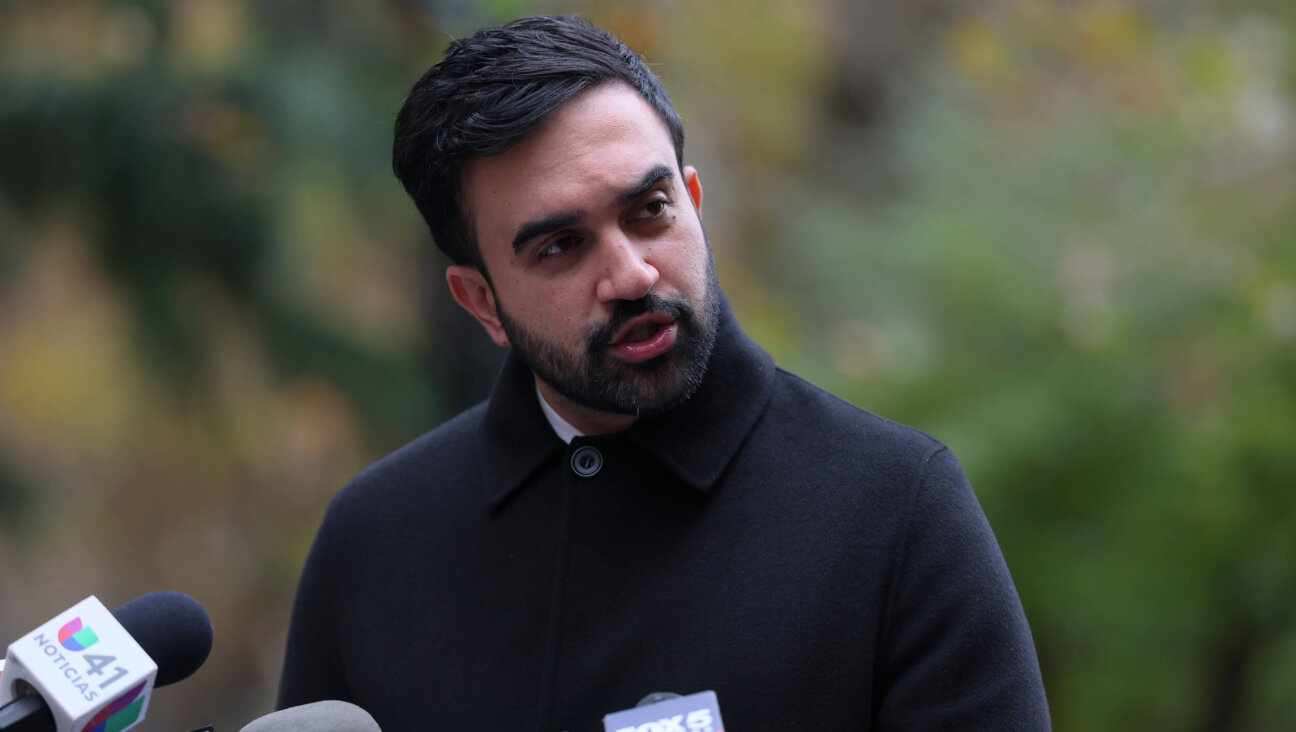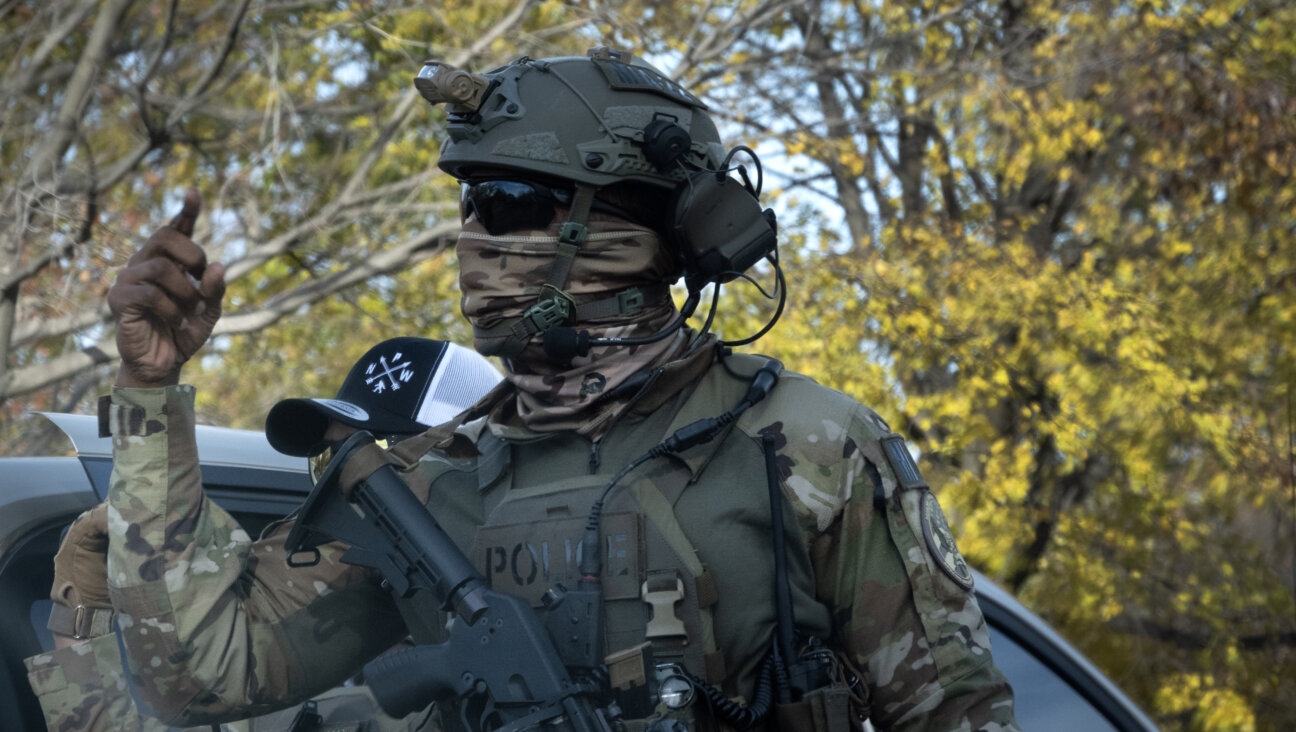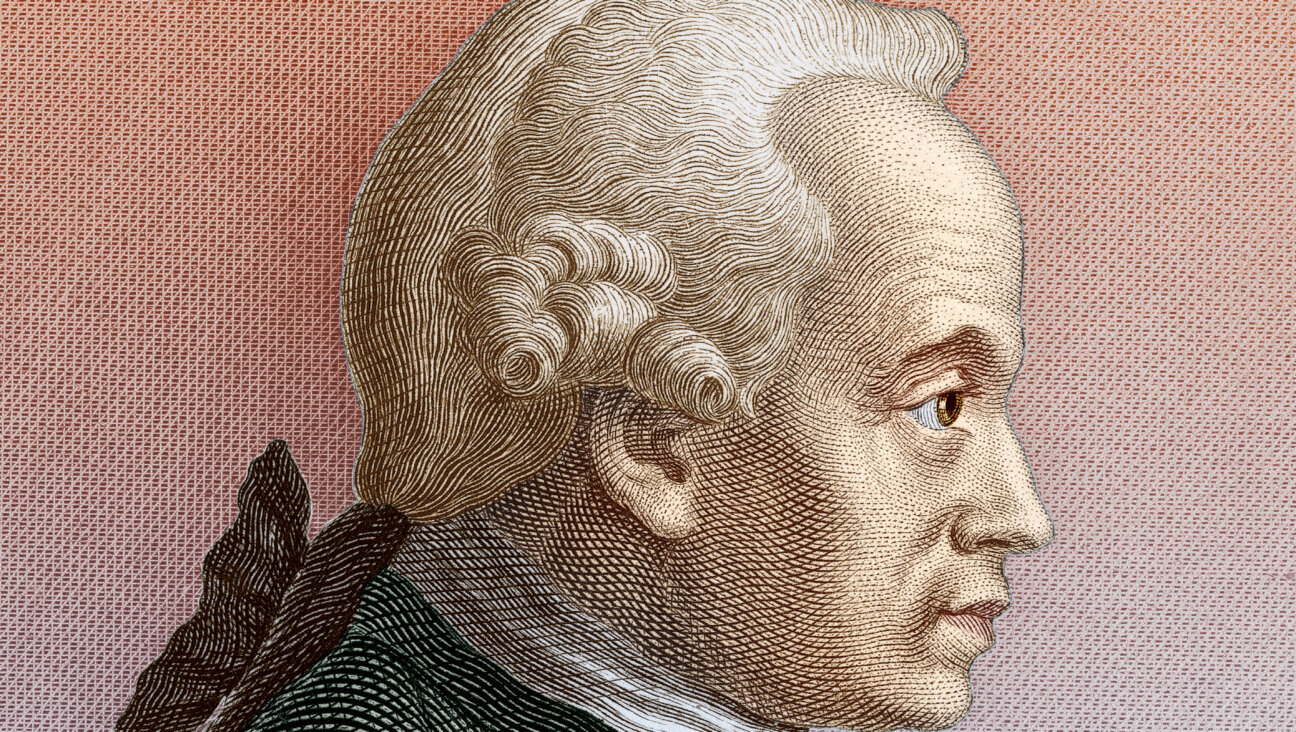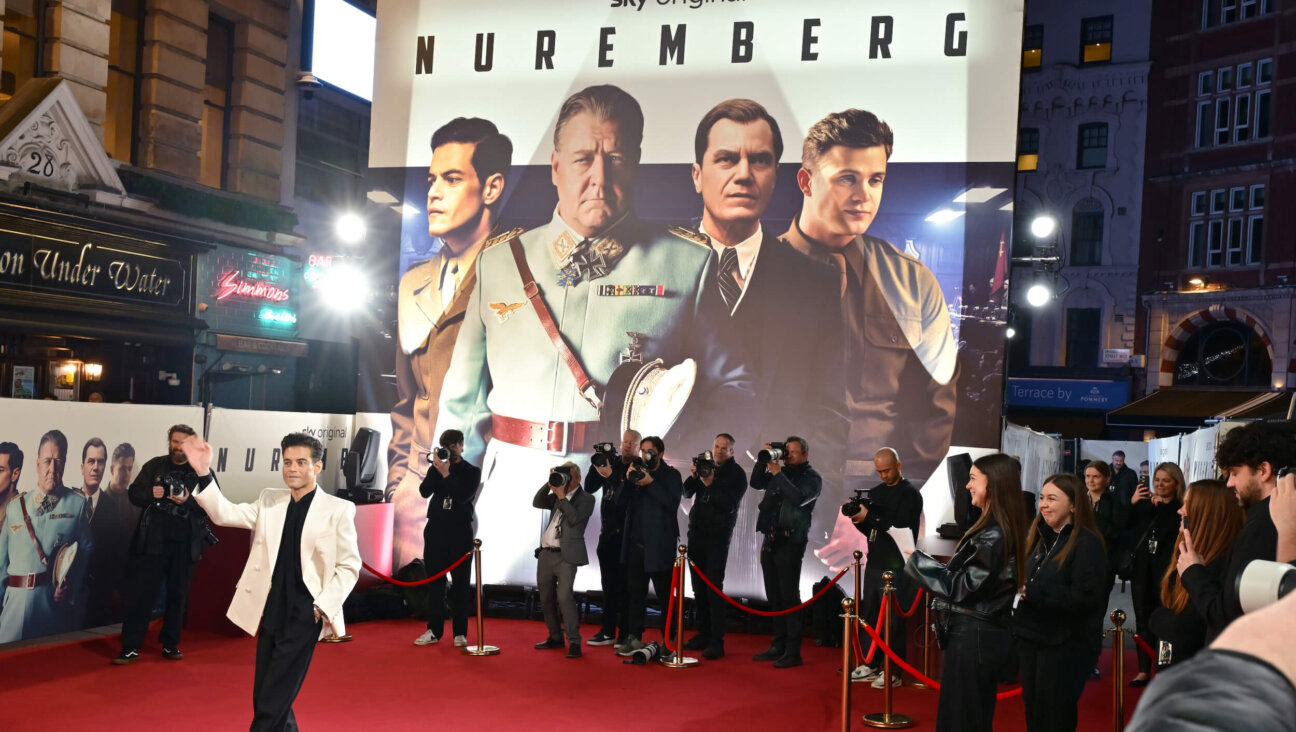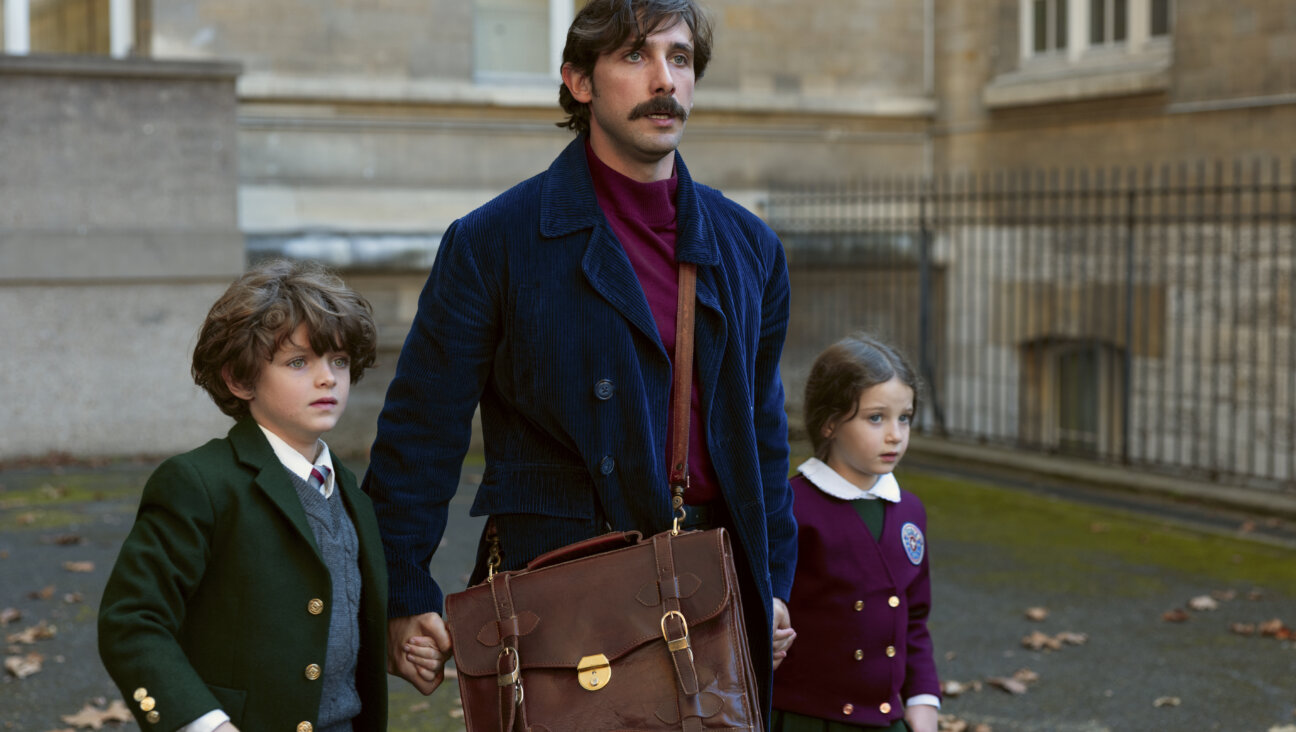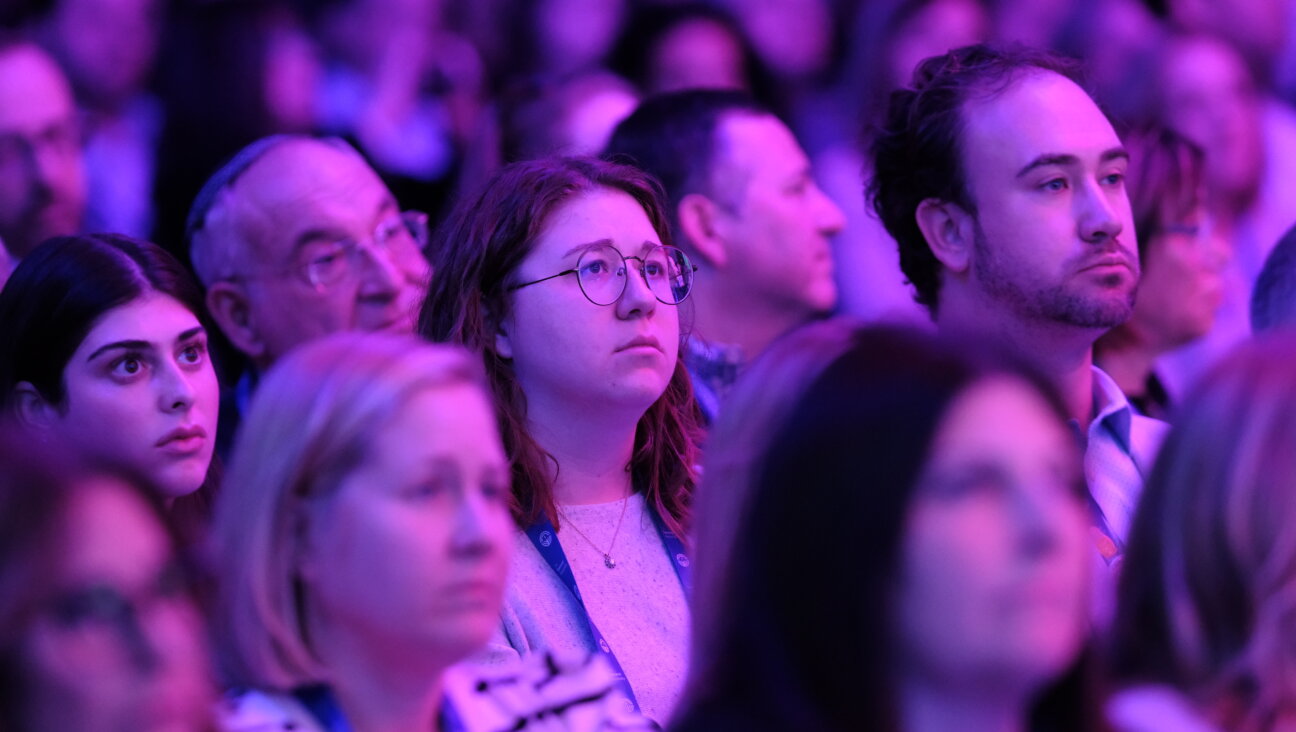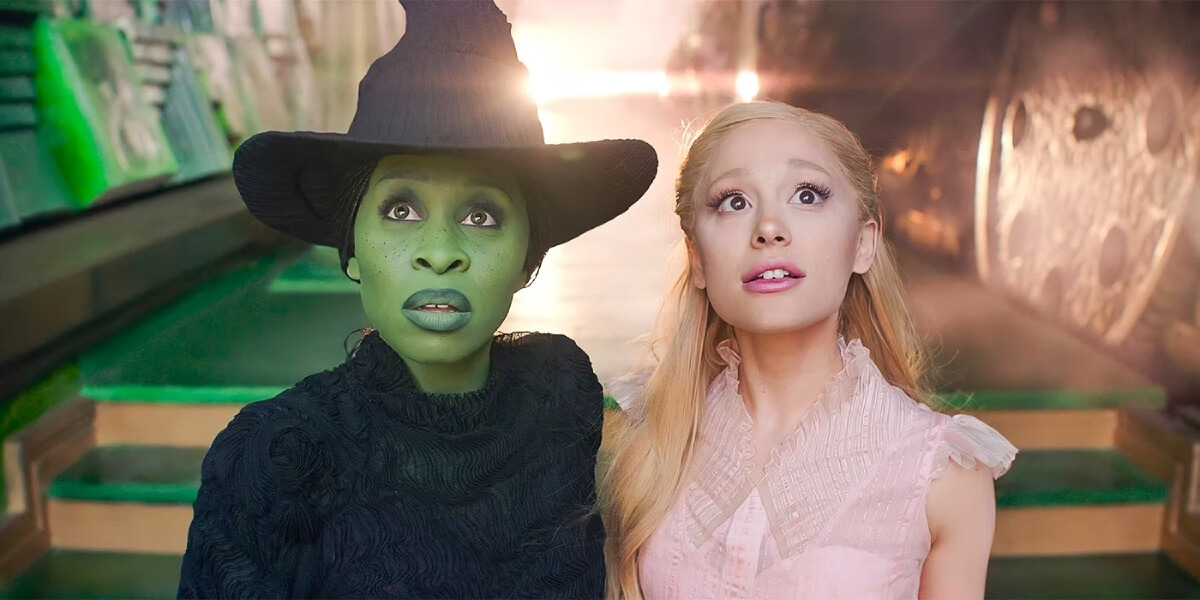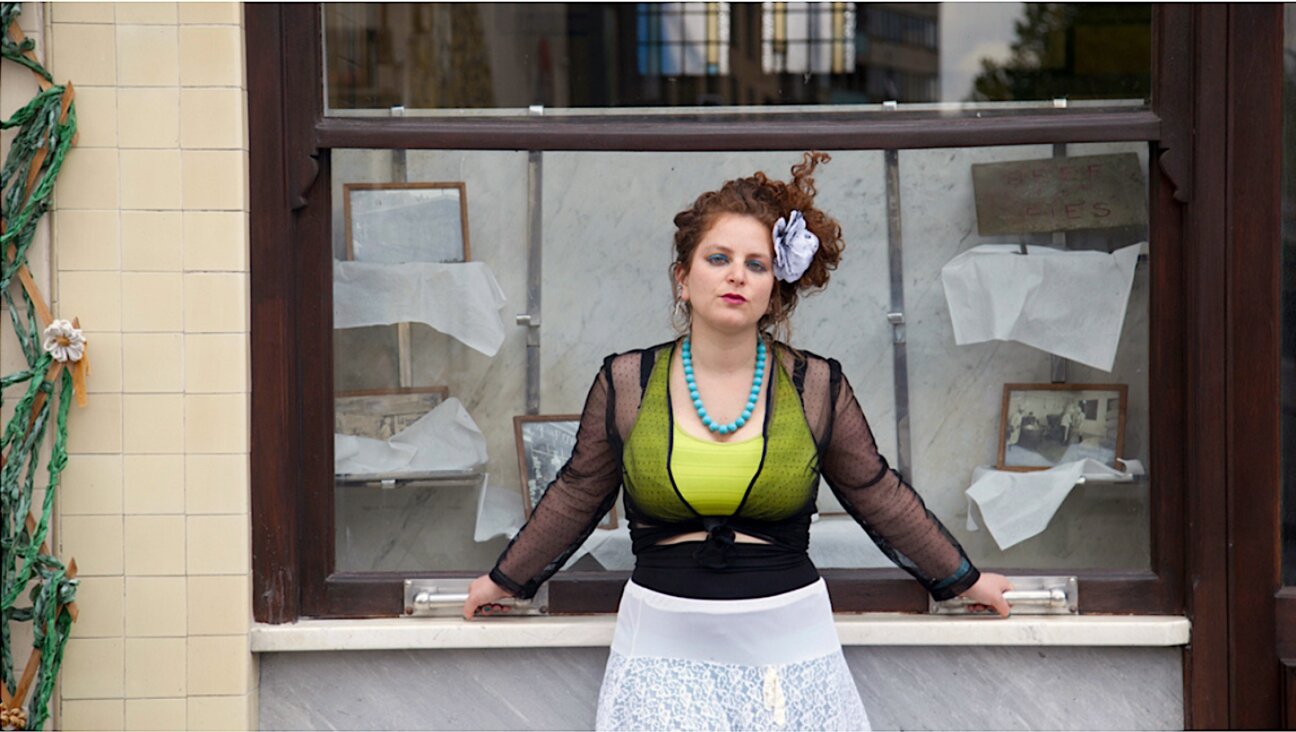A Picture Of Heroism and Hate
I always try to go to Mass on the anniversary of my mother’s untimely death 26 long years ago. But this year I decided to do something of a different spiritual significance. I attended the “Liberation!” exhibit at the Museum of Tolerance here in Los Angeles — photos and footage and objects from the moments in the spring of 1945 when the doors of the Nazi concentration camps were thrown open to the world, and when those few remaining within were set free.
I was immediately drawn to a photograph of a couple dozen dazzling, young Jewish women… in prison stripes, in Bergen-Belsen, liberated by the British on April 15, 1945. I did some quick arithmetic, and concluded that my mother had been a dazzling, young Irish Catholic woman in Brooklyn on that very day, busily tormenting the young Irish Catholic men of Brooklyn who hadn’t yet been sent off to war.
Most of the young women in this photo, I suspected, had only been in the camp a very short while — they looked too healthy, too well fed, too unbowed to have been there very long. And all, without exception, were flashing breathtaking, resplendent, glorious smiles — saved, miraculously, from certain and immediate doom. Now, suddenly, they had decades not hours of life ahead, their luck so different from the unfortunate Anne Frank and her sister Margot, murdered in this very place only a few weeks earlier.
Next was a July 9, 1945, letter from an American soldier named “Harry,” recounting for his mother his visit to the Backardt camp. Just when I thought I’d heard every gruesome atrocity that could spring from the Nazi imagination, Harry shares this scene with Mom: “The girls under twelve who were pregnant were tossed to the dogs, and they were these large German police dogs that when they stand up on their hind legs they’re bigger than the average human being. The Germans didn’t feed these dogs two or three days prior to the event.” Harry didn’t mention how these prepubescent girls in the camp had gotten pregnant, but one suspects the perpetrators weren’t the boys in the camp.
The display that probably moved me most, however, was a set of nine original pages from one soldier’s personal photo album, delicately laid out inside a glass case. The curators here wrote only that the snapshots were taken by “a U.S. Army medical officer” at the Gusen and Ebensee concentration camps in Austria. Somehow these seemed more real than the official historical photographs enlarged on the walls of the museum. Pictures snapped not by a professional photographer, but by an ordinary G.I. with a cheap camera who happened to be in the presence of history.
The medical officer clearly had sympathy for the victims of Nazi cruelty. “A very pathetic case,” he writes. “A 24 year old German lad (half Jewish) died of tuberculosis.” “A previously wealthy Hungarian businessman — gone berserk in concentration camp.”
My eyes moved on to four American soldiers posing side by side, hale, hearty, on the side of the righteous and embarked on the adventure of a lifetime.
Then, suddenly, I stopped. I wasn’t sure I had seen what I thought I had just seen. I rubbed my eyes. I looked again.
The medical officer’s caption read: “Abe – Myself – Nigger – Stanislaus.”
I peered more closely at the tiny snapshot. Indeed, the third soldier from the left did appear to be African-American. An African-American, apparently for the medical officer, with no name. An African-American, apparently for the medical officer, who was not so much a man as a thing. An African-American, apparently for the medical officer, whose primary characteristic was not his individual identity, but his racial origin.
I wondered whether the exhibit curators simply had missed this entirely. Or perhaps instead they had noticed it, and included it without comment, as a quiet reminder that we, and they, are not entirely different after all.
Does this mean that the United States at this time was “no different” from Nazi Germany? Of course not. Does it mean that our American medical officer was “no better” than, say, an S.S. medical officer who assisted Dr. Mengele with his “experiments”? Of course not.
But in 1945, Allied forces liberated Europe from the yoke of a racist ideology taken to its logical consequence. Surely there’s an unfortunate irony in discovering such an unconcealed racist sentiment in the personal photo album of one of the liberators.
Why could this man so plainly see the Nazis for what they were, yet so utterly miss the roots of the same attitudes in his own heart? How could he be so eager to remove the speck from his brother’s eye, yet so oblivious to the log in his own eye? And shouldn’t this stunning incongruity cause us to ask ourselves whether any one of us, in another time and another place, might find ourselves lured down a similar road?
What if I’d been born in Dresden in 1920, rather than in Detroit several decades later? That would have made me a young and impressionable 17 year old in 1937, when Hitler was at the height of his oratorical splendor. Would I have been able to view what was going on around me from the perspective of universal morality?
Though older than 17 and perhaps wiser now, I wonder, too, what kind of moral courage I will manage to summon if something similar happens in my lifetime, here. It’s not so very difficult to imagine.
What if Mohammed Atta’s cousin gets his hands on an atomic bomb, buries it in Grant Park or Central Park or MacArthur Park, and in the blink of an eye murders not 3,000 Americans, but 3 million? In our justifiable effort both to defend ourselves from more attacks and to seek justice for the abomination that had just occurred, might not we — in both our internal and external behavior — stray quite far in the days thereafter from our ideals of democracy and the rule of law?
I’d very much like to believe that in 1937, I would have summoned the nerve to at least ask some hard questions of Hitler and his foul henchmen before joining them on their one-way excursion to the gates of hell. Or that if a doomsday scenario comes to pass that I’ll have the temerity to remonstrate with my neighbors as they bay for indiscriminate responses that might make us little different from the original perpetrators.
But I really can’t say for sure what I would have done in 1937, or what I would do now. Can you?
Tad Daley, issues director for Rep. Dennis Kucinich’s 2004 presidential campaign, is peace and disarmament fellow at Physicians for Social Responsibility, the Nobel Laureate anti-nuclear organization.
